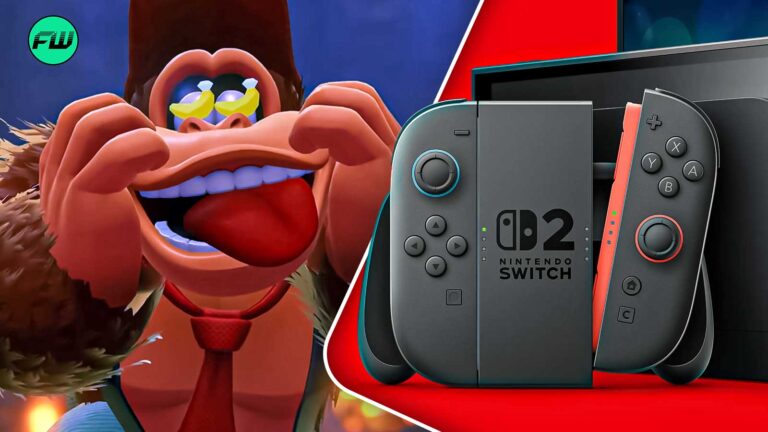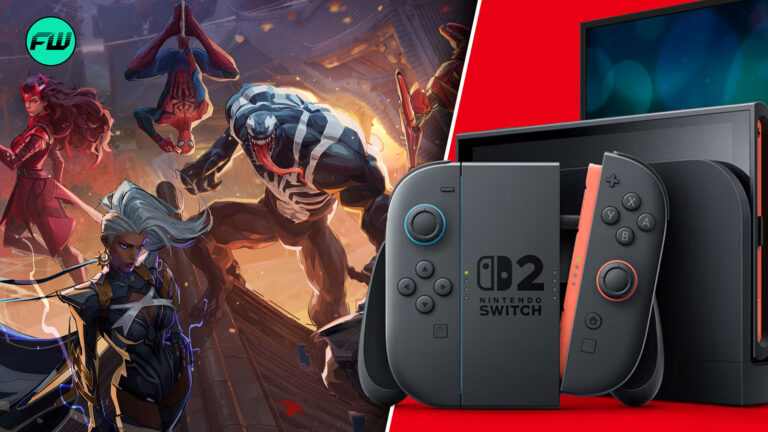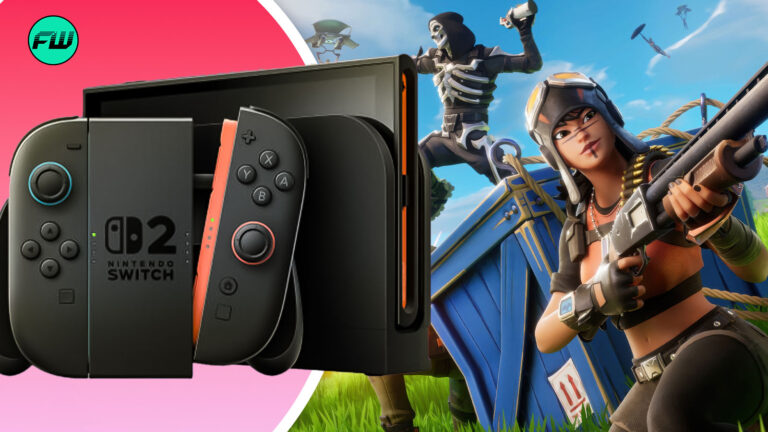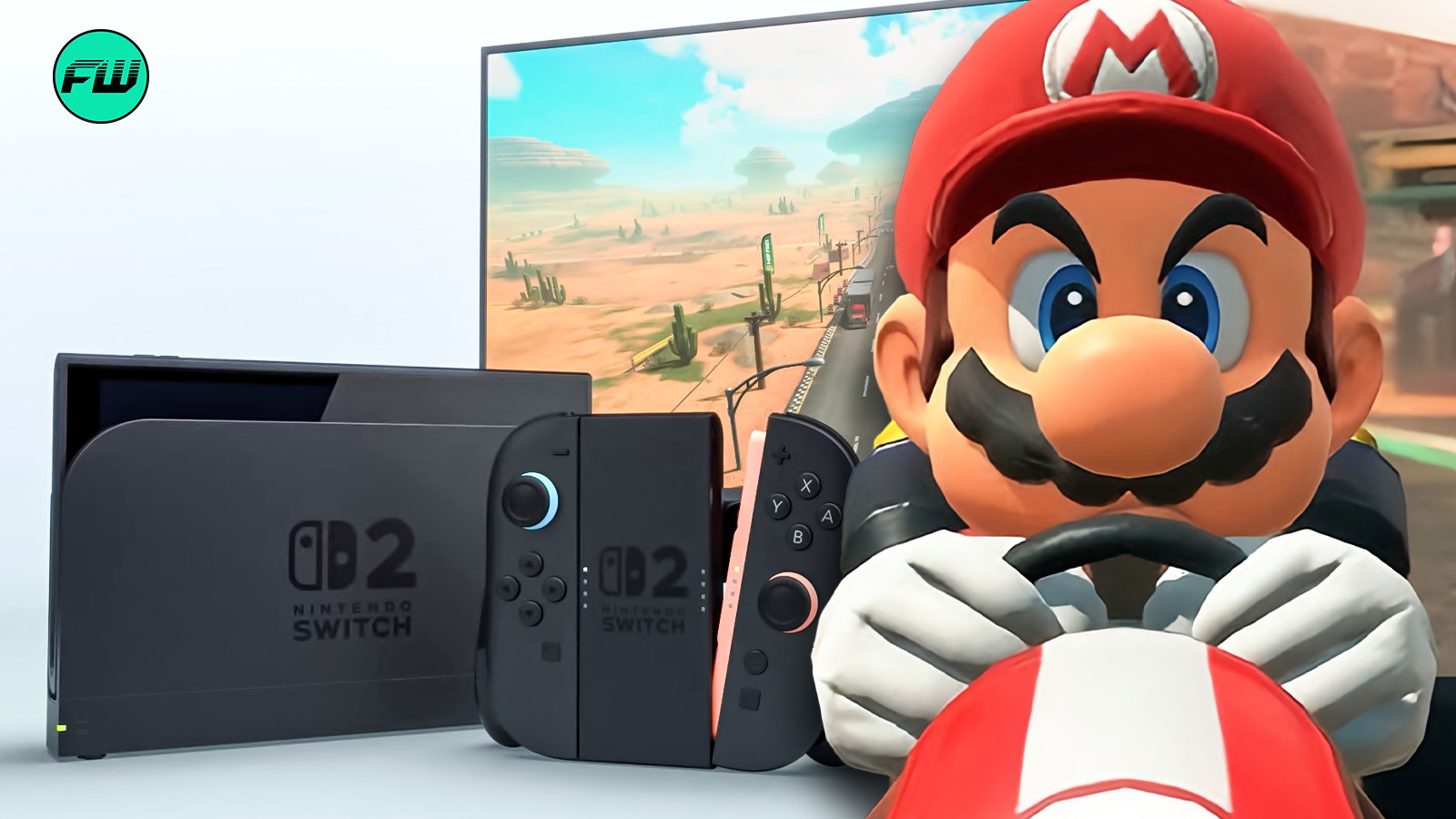
When Nintendo dropped the bomb about the Switch 2’s $450 price tag, gamers collectively gasped. It’s a hefty jump from the original’s $300 launch price—no doubt about it. But before we all grab our pitchforks, let’s take a breather and dig into what’s really going on under that shiny new hood.
The Big N isn’t just slapping a new coat of paint on their hybrid wonder. They’re cooking up some serious tech magic that might just make your wallet’s sacrifice worthwhile.
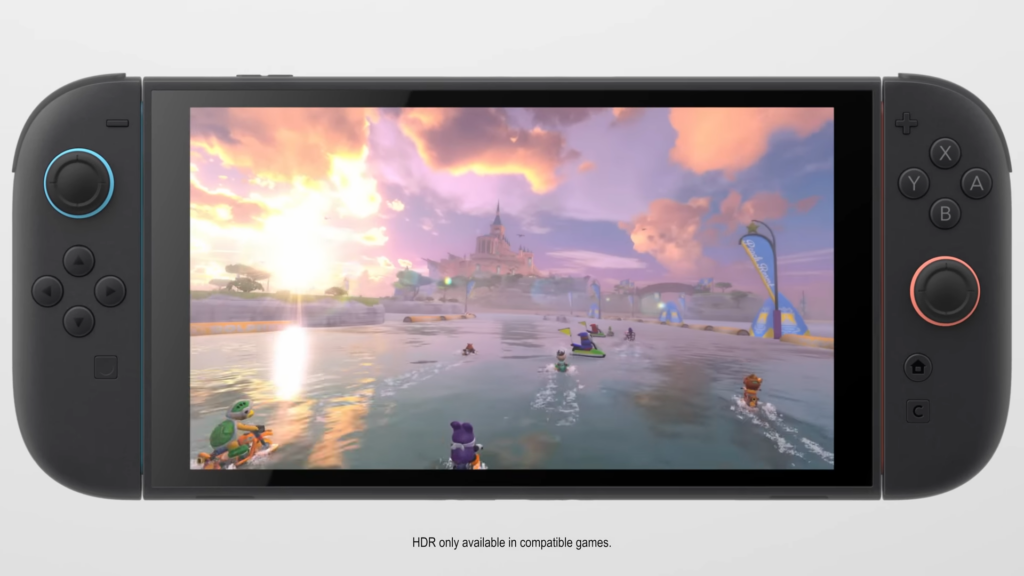
And get this—one particular feature had the dev team sweating bullets. It’s a doozy that might just explain why we’re being asked to fork over the big bucks.
Backward compatibility: A tougher nut to crack than expected
Remember how smoothly the 3DS played DS games, or how the Wii U handled Wii titles? Well, the Switch 2 team had to work a lot harder to pull off the same trick. According to Nintendo’s “Ask the Developer” interview, the Switch 2’s hardware is a whole different beast from its predecessor.
Kouichi Kawamoto, the producer for Switch 2, didn’t sugarcoat it:
Right from the beginning, we wanted the new system to be able to play Switch games, but back then, we were told there’d be technical challenges.
Unlike previous generational leaps, they couldn’t just cram the old hardware into the new system. Instead, they had to get creative with some fancy real-time conversion tech. It’s not quite emulation, not quite hardware compatibility—it’s Nintendo‘s secret sauce.
This isn’t just a matter of flipping a switch (pun absolutely intended). The team is manually checking over 10,000 Switch games for compatibility issues. That’s a lot of Mario Karts and Zeldas to test!
More than just backward compatibility
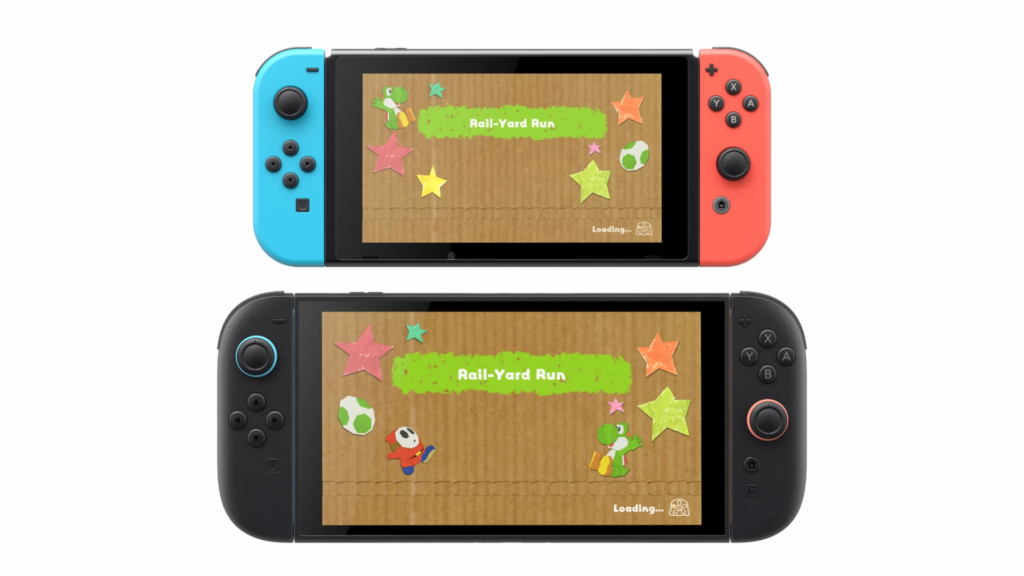
While backward compatibility is stealing the spotlight, it’s not the only trick up the Nintendo Switch 2‘s sleeve. The new system boasts significantly improved CPU and GPU performance, promising faster processing speeds and more visually impressive games.
The performance improvements are substantial too. Takuhiro Dohta, director for Switch 2, highlighted how the new hardware enhances existing games:
When we tried running Switch games on Switch 2, there were some where loading times became faster, or game performance became more stable, so we realized that the overall gameplay experience could improve.
This means your favorite Switch games might actually run better on the new hardware. Faster load times, smoother frame rates—it’s like giving your old games a new lease on life.
Let’s not forget the massive storage upgrade. With 256GB of internal storage (that’s 8 times more than the original Switch), you won’t be constantly juggling game installs anymore.
So, is the $450 price tag justified? It’s a tough call. But considering the technical hurdles Nintendo had to overcome and the potential for improved gaming experiences across both new and old titles, it’s not as outrageous as it might seem at first glance.
What do you think? Is the Switch 2’s backward compatibility worth the price of admission, or are you still feeling the sting in your wallet? Let us know in the comments!
This post belongs to FandomWire and first appeared on FandomWire
